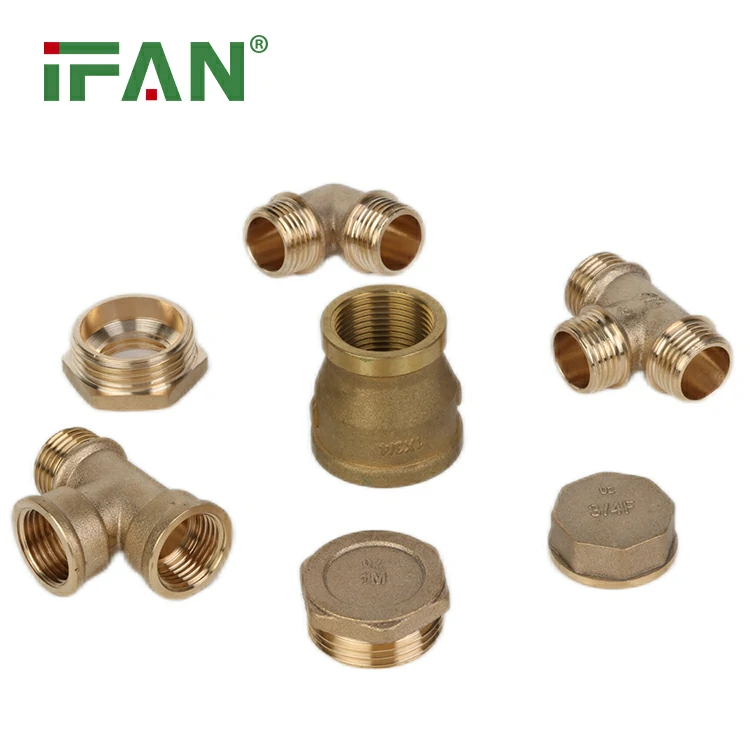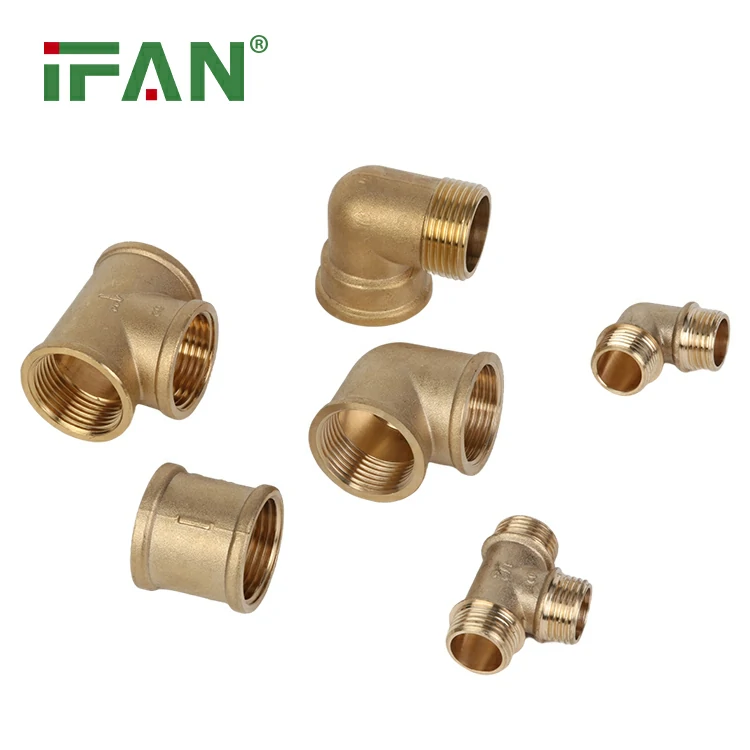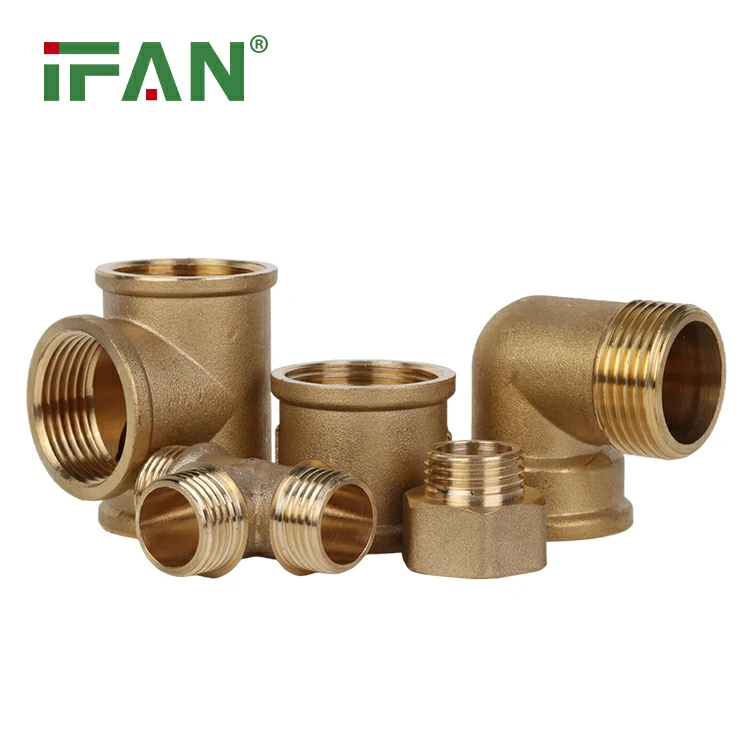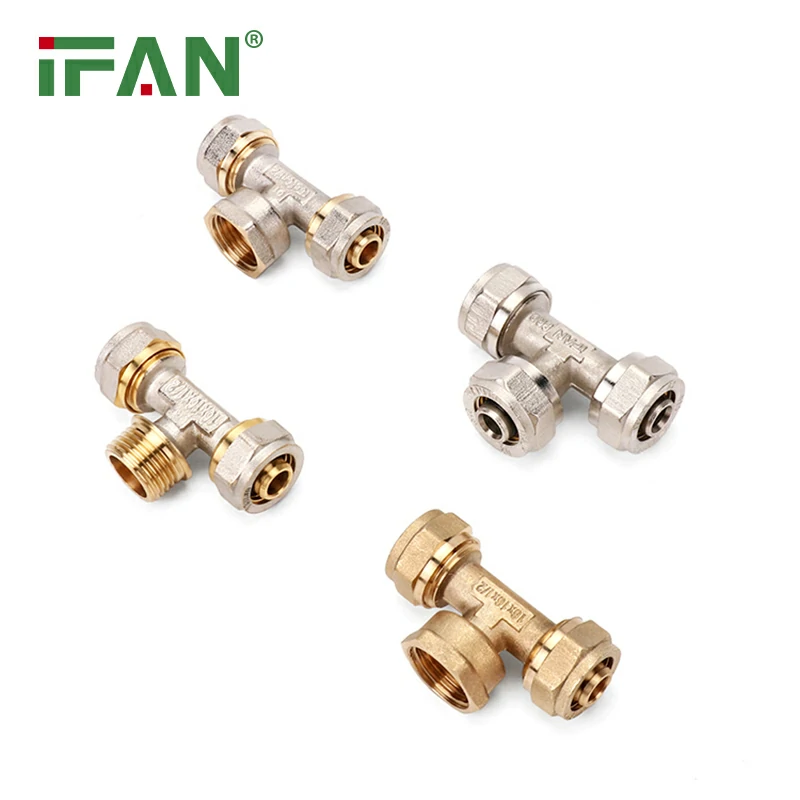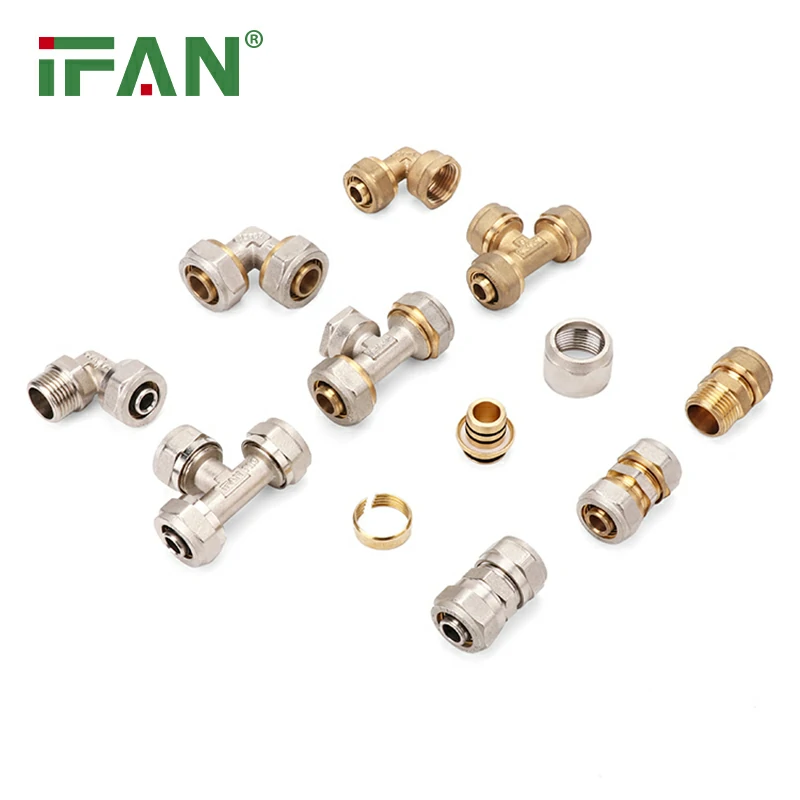IFAN factory 30+ years manufacture experience support color /size customization support free sample.Welcome to consult for catalog and free samples.This is our Facebook Website:www.facebook.com,Click to watch IFAN’s product video.Compared with Tomex products, our IFAN products from quality to price are your best choice, welcome to buy!
As the world shifts toward more sustainable and environmentally friendly solutions, the demand for innovative technologies in construction and infrastructure continues to rise. One such solution making waves in the industry is HDPE fittings. Known for their durability, flexibility, and resistance to harsh environmental conditions, HDPE fittings offer a robust and sustainable choice for various piping systems. This article delves into the innovative features of HDPE fittings, their role in creating sustainable infrastructure, and why they are becoming the go-to option for modern construction projects.
What Are HDPE Fittings?
HDPE fittings are essential components used to connect HDPE pipes in various piping systems. HDPE stands for High-Density Polyethylene, a type of plastic known for its exceptional strength, resistance to corrosion, and lightweight properties. HDPE fittings come in various shapes and sizes, including elbows, tees, couplings, reducers, and flanges, all designed to ensure the effective transport of water, chemicals, and other fluids within an infrastructure system.
One of the key reasons for the increasing popularity of HDPE fittings in construction and infrastructure projects is their sustainability. Unlike traditional metal or concrete pipes, HDPE fittings are not only cost-effective but also environmentally friendly due to their recyclability and longevity.
Why Are HDPE Fittings Ideal for Sustainable Infrastructure?
1. Durability and Longevity
HDPE fittings are known for their exceptional durability. They are resistant to corrosion, scaling, and fouling, which means they last much longer than traditional piping materials like steel or concrete. This extended lifespan is crucial in building sustainable infrastructure because it reduces the need for frequent replacements, lowering material consumption and waste generation over time.
Moreover, HDPE fittings are resistant to chemicals and extreme weather conditions, making them perfect for use in challenging environments. Whether it’s in sewage systems, water supply lines, or industrial applications, HDPE fittings maintain their integrity and function for several decades, ensuring that the infrastructure is both reliable and sustainable.
2. Recyclability
One of the most appealing characteristics of HDPE fittings is their recyclability. Unlike traditional piping systems that may end up in landfills, HDPE fittings can be recycled and reused, contributing to a circular economy. This is an essential feature for sustainable construction, as the construction industry is one of the largest contributors to waste generation.
The recycling process for HDPE fittings is relatively simple, and the material retains its properties after being recycled, allowing it to be reused in new applications. By opting for HDPE fittings, construction projects can reduce their environmental footprint and contribute to a more sustainable future.
3. Energy Efficiency in Manufacturing
The production of HDPE fittings requires less energy compared to materials like steel, copper, or concrete. HDPE is lightweight, which reduces transportation costs and the overall carbon footprint associated with delivering these fittings to construction sites. Additionally, HDPE fittings are manufactured with minimal waste and can be produced with a focus on energy-efficient processes, making them a greener option for builders aiming to reduce their environmental impact.
4. Resistance to Environmental Stress
HDPE fittings are highly resistant to stress from environmental factors, such as UV radiation, extreme temperatures, and ground movement. Unlike metal pipes that can rust or corrode over time when exposed to environmental stress, HDPE fittings maintain their strength and flexibility. This makes them an excellent choice for both underground and above-ground applications, where infrastructure might be exposed to varying weather conditions and soil movements.
Key Benefits of Using HDPE Fittings in Sustainable Infrastructure
1. Lower Maintenance Costs
Due to their resistance to corrosion and other environmental stressors, HDPE fittings require significantly less maintenance than traditional materials. This not only saves money in the long term but also reduces the need for repair resources and labor, contributing to more sustainable project management practices.
2. Leak-Free Joints
One of the most significant challenges in infrastructure projects is preventing leaks. HDPE fittings are often joined using heat fusion methods, which create a seamless, leak-proof bond between pipes and fittings. This eliminates the risk of leaks caused by loose connections or corroded joints, improving the overall efficiency and sustainability of the system.
3. Flexibility and Easy Installation
Another innovative feature of HDPE fittings is their flexibility. Unlike rigid materials such as metal, HDPE fittings are highly flexible, allowing them to be bent to fit the required layout without the need for additional fittings. This flexibility makes installation quicker and easier, reducing both labor costs and material waste.
4. Reduced Carbon Footprint
Since HDPE fittings are lightweight and require fewer resources during production, they contribute to a reduction in the carbon footprint of construction projects. Their ease of transport and minimal manufacturing waste further enhance their environmental sustainability. For builders and developers seeking to meet strict environmental regulations, HDPE fittings offer a compliant, eco-friendly solution.
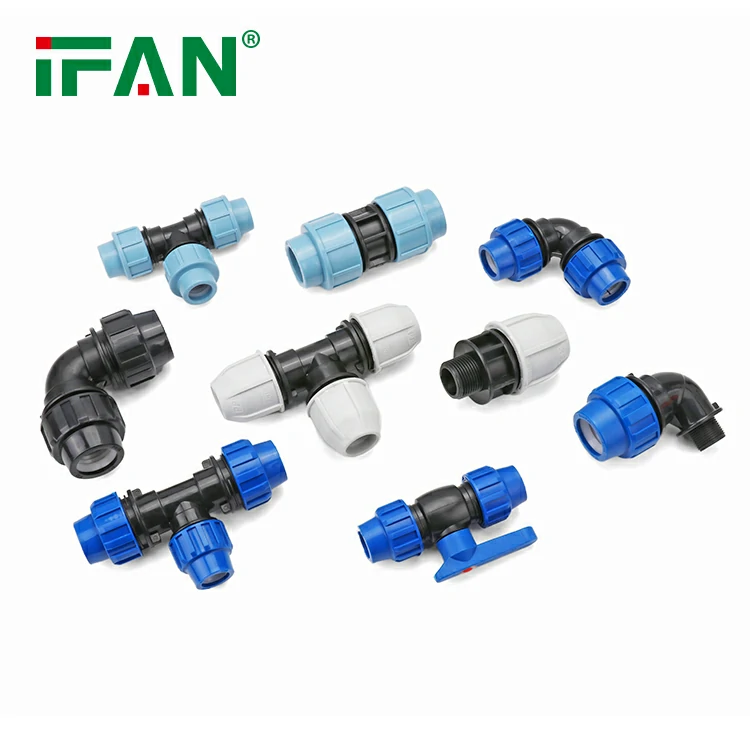
5. Cost-Effectiveness
Although the initial cost of HDPE fittings may be slightly higher than traditional piping materials, their long-term cost-effectiveness far outweighs the upfront investment. HDPE fittings provide savings through reduced maintenance, longer service life, and lower installation costs due to their ease of use and flexibility. These savings make them a preferred choice for sustainable infrastructure projects that require reliable and cost-effective materials.
Applications of HDPE Fittings in Sustainable Infrastructure
HDPE fittings are used in a wide variety of applications across different sectors of the infrastructure industry. Some of the most common applications include:
- Water Distribution Systems
HDPE fittings are widely used in municipal water supply networks due to their ability to withstand pressure and resist corrosion, ensuring clean and safe drinking water. - Sewer and Drainage Systems
The resistance of HDPE fittings to chemical degradation makes them ideal for sewage and stormwater systems, where they are exposed to waste materials and harsh environments. - Irrigation Systems
Agriculture relies heavily on irrigation, and HDPE fittings provide a long-lasting and efficient solution for water distribution in fields, reducing water wastage. - Oil and Gas Transport
Due to their flexibility and resistance to corrosion, HDPE fittings are increasingly used in the oil and gas industry to transport petroleum and other chemicals safely. - Industrial Applications
Industries requiring robust and chemical-resistant piping systems, such as chemical manufacturing or mining, can benefit from HDPE fittings for transporting various fluids safely.
Conclusion
HDPE fittings are revolutionizing the way we approach sustainable infrastructure. Their durability, recyclability, energy efficiency, and resistance to environmental stressors make them a superior choice for modern construction projects. By reducing maintenance costs, minimizing environmental impact, and offering cost-effective solutions, HDPE fittings support the development of infrastructure that meets the needs of both today’s and tomorrow’s world.
Adopting HDPE fittings in sustainable infrastructure projects not only results in lower long-term costs but also promotes environmental responsibility and innovation. As cities and industries continue to grow, these fittings will undoubtedly play a significant role in creating more resilient, efficient, and sustainable infrastructures for the future.
Frequently Asked Questions (FAQs)
1. What are HDPE fittings made of?
HDPE fittings are made from High-Density Polyethylene, a strong and flexible plastic known for its resistance to corrosion, chemicals, and harsh environmental conditions.
2. How long do HDPE fittings last?
When properly installed and maintained, HDPE fittings can last for over 50 years, making them a durable and long-lasting solution for various infrastructure applications.
3. Can HDPE fittings be used for both above-ground and underground installations?
Yes, HDPE fittings are versatile and can be used for both above-ground and underground installations, thanks to their resistance to UV degradation and ability to withstand ground movement.
4. Are HDPE fittings environmentally friendly?
Yes, HDPE fittings are recyclable, energy-efficient to manufacture, and require minimal maintenance, making them a highly sustainable option for infrastructure projects.
5. What are the main advantages of using HDPE fittings over traditional materials?
The main advantages of HDPE fittings include their durability, corrosion resistance, lower maintenance costs, ease of installation, and recyclability, all of which contribute to more sustainable and cost-effective infrastructure solutions.

